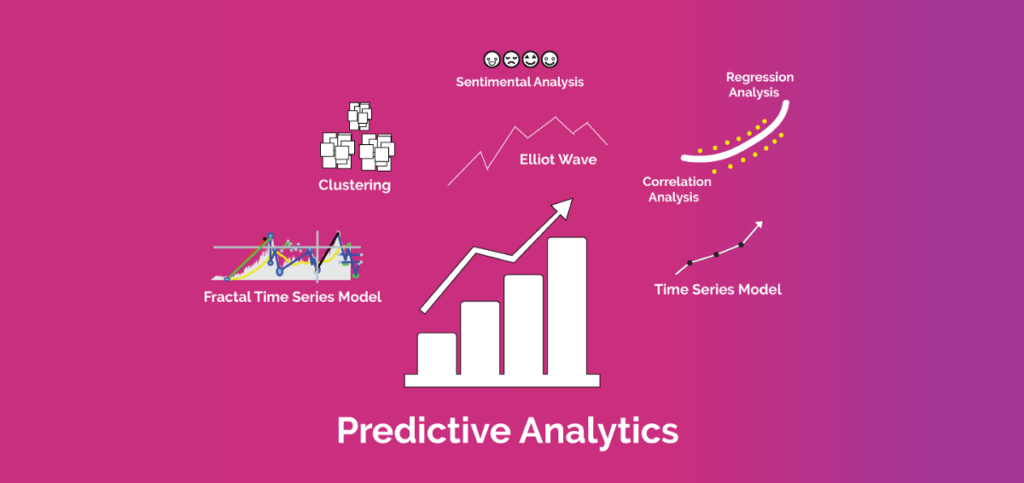
Free eBooks for Beginners
Push notifications are an important feature for many mobile applications, as they allow the app to communicate with its users even when they are not actively using the app. React Native provides a powerful and flexible way to implement push notifications in your app, without having to write any native code.
In order to set up push notifications in React Native, you will first need to create an account with a push notification service provider. There are many options to choose from, including popular services like Firebase Cloud Messaging (FCM) and OneSignal. Each provider will have its own set of instructions for setting up an account and integrating with your React Native app.
Once you have set up your push notification service, you will need to install the appropriate package in your React Native project. For example, if you are using FCM, you would install the “react-native-firebase” package. This package provides a set of tools and APIs for sending and receiving push notifications within your React Native app.
To send push notifications from your app, you will need to use the APIs provided by the push notification service. This typically involves sending a request to the service, specifying the recipient device and the message you want to send. The push notification service will then take care of delivering the message to the recipient’s device.
In React Native, you can use the push notification APIs in a variety of ways, depending on your needs. For example, you can send push notifications in response to specific events within your app, such as a new user sign up or a completed purchase. You can also set up custom notifications for different types of users, based on their preferences or behaviors.
React Native also provides a number of built-in components for displaying push notifications, such as the “PushNotification” component. This component allows you to easily customize the appearance and behavior of your push notifications, without having to write any native code.
In order to receive push notifications in your React Native app, you will need to register a device token with the push notification service. The device token is a unique identifier for the device, which is used by the service to target specific devices with push notifications. To register the device token, you can use the APIs provided by the push notification service.
React Native also provides a number of hooks and callbacks for handling incoming push notifications, such as the “onNotification” hook. This hook allows you to specify how your app should respond when it receives a push notification. For example, you could use this hook to display an alert or navigation to a specific screen in response to a push notification.
In conclusion, push notifications are an essential feature for many React Native apps, and they can be easily implemented using the APIs and components provided by React Native and a push notification service provider. Whether you are just starting out with React Native or you are an experienced developer, implementing push notifications in your app is a great way to enhance user engagement and keep your users connected to your app.
React Native for Beginners – Chapter 29: PushNotification
 Loading...
Loading...
Disclaimer: The information and code presented within this recipe/tutorial is only for educational and coaching purposes for beginners and developers. Anyone can practice and apply the recipe/tutorial presented here, but the reader is taking full responsibility for his/her actions. The author (content curator) of this recipe (code / program) has made every effort to ensure the accuracy of the information was correct at time of publication. The author (content curator) does not assume and hereby disclaims any liability to any party for any loss, damage, or disruption caused by errors or omissions, whether such errors or omissions result from accident, negligence, or any other cause. The information presented here could also be found in public knowledge domains.
